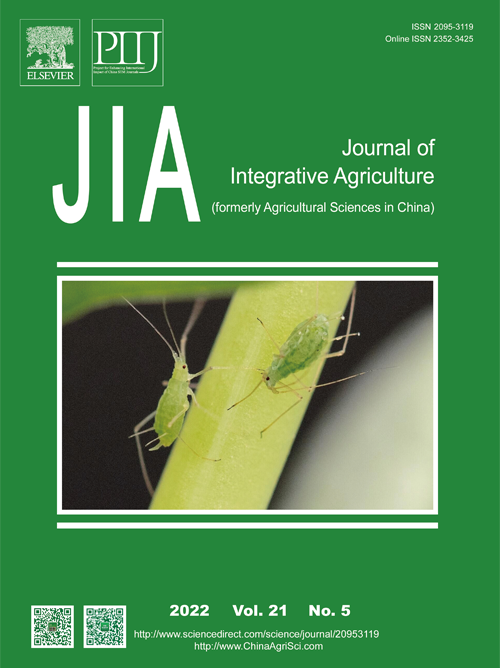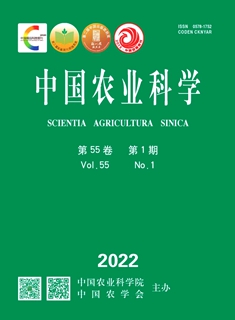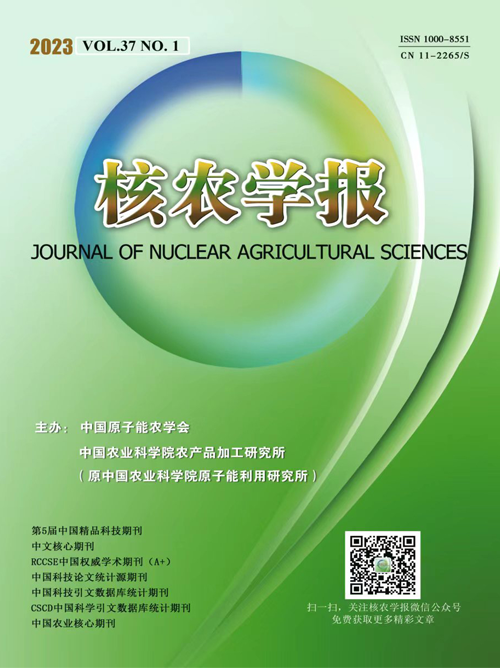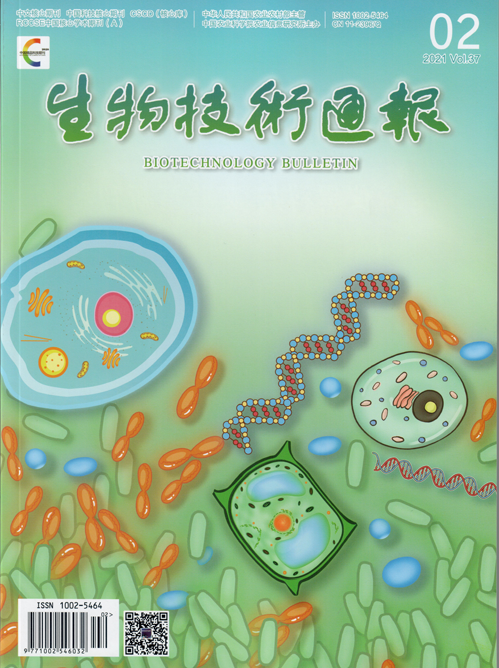[China Daily]Scientists solve 160-year-old biology puzzle
A team of international scientists, mainly from China and the United Kingdom, has jointly identified the genetic variants behind all seven traits used by Austrian scientist Gregor Mendel more than 160 years ago to discover the basic laws of inheritance, solving a longstanding mystery in biology. The findings were published this week in the journal Nature.
The study — genomic and genetic insights into Mendel's pea genes — was led by Cheng Shifeng, a researcher of the Agricultural Genomics Institute at Shenzhen, Chinese Academy of Agricultural Sciences, alongside Noam Chayut and Noel Ellis, who are professors at the UK-based John Innes Centre.
By combining modern genomics, high-throughput phenotyping and computational biology, the team revisited Mendel's landmark 1865 experiments with garden peas.
Mendel's work led to the discovery of genetic inheritance and the laws of segregation and independent assortment. While most of the genes behind his seven trait pairs — such as round vs wrinkled seeds and tall vs short plants — had been found in recent decades, three remained unidentified until now.
A key part of the project involved building a broad and genetically diverse panel of pea accessions. Chayut, head of the germplasm resources group at the John Innes Centre, worked with Ellis, a longtime pea genetics expert, to select more than 700 samples from the institute's Pisum collection.
"To find rare variants, a broad and representative sampling was essential," said Chayut.
These accessions were introduced into China after 2019 and grown in both southern and northern regions.
Cheng and his team then conducted detailed trait analysis and built a high-resolution genetic variation map, which led to the identification of the previously unknown genetic variants.
"This is a joint effort," Cheng said. "Phenotyping data were collected both from the UK and China, and we employed a multi-disciplinary approach."
"Mendel discovered what we now call the laws of inheritance without knowing what a gene was," said Cheng. "Today, using modern tools, we can see the exact genes — and the precise mutations — that he unknowingly tracked."
Among the most striking findings, researchers discovered that the mutations underlying Mendel's traits span a wide range, underscoring the complexity behind what once appeared to be simple hereditary patterns.
"Most of these mutations cause loss-of-function changes, which provide a clear molecular explanation for the dominant and recessive inheritance Mendel observed," Cheng said.
The study also identified previously unknown genetic elements, including a natural flower color revertant and a modifier gene known as Mfa, which suppresses fasciation — a trait causing abnormal floral growth. These discoveries reveal hidden layers of genetic complexity in the pea plant.
Pod color, one of the most puzzling traits, had long eluded a molecular explanation.
"For years, the genetic basis of pod color resisted explanation despite extensive research," said Julie Hofer, a postdoctoral researcher and a co-first author of the paper.
"Our discovery highlights the subtle ways that genomic structure can influence gene function at a transcriptional level," she said.
"Now, we've traced the physical basis of Mendel's inherited factors down to the molecular level," Ellis said. "It turns out to be even more beautiful and complex than we imagined."
zhaoyimeng@chinadaily.com.cn
- [科技日報]困擾學界百年的“孟德爾豌豆之謎”破解2025-04-27
- [光明日報]補全孟德爾研究的“拼圖” 我科學家全面解析豌豆七大性狀的基因之謎2025-04-26
- [新京報]時隔160年,我國科學家解開孟德爾“豌豆之謎”2025-04-26
- [新華社]一場春播現場會背后的綠色之變2025-04-26
- [CCTV-13]《朝聞天下》面積增加 長勢良好 全國冬油菜豐收在望2025-04-26
- [CCTV-13]《新聞聯播》【在希望的田野上】全國春播進展順利 夏油豐收在望2025-04-26
- [經濟日報]河南魯山:“小菌子”成就大產業2025-04-25
- [工人日報]我國科學家破譯油菜害蟲西北斑芫菁染色體水平基因組2025-04-25
- [新京報]177.65公斤 新品種刷新我國三熟制模式下油菜單產紀錄2025-04-25







